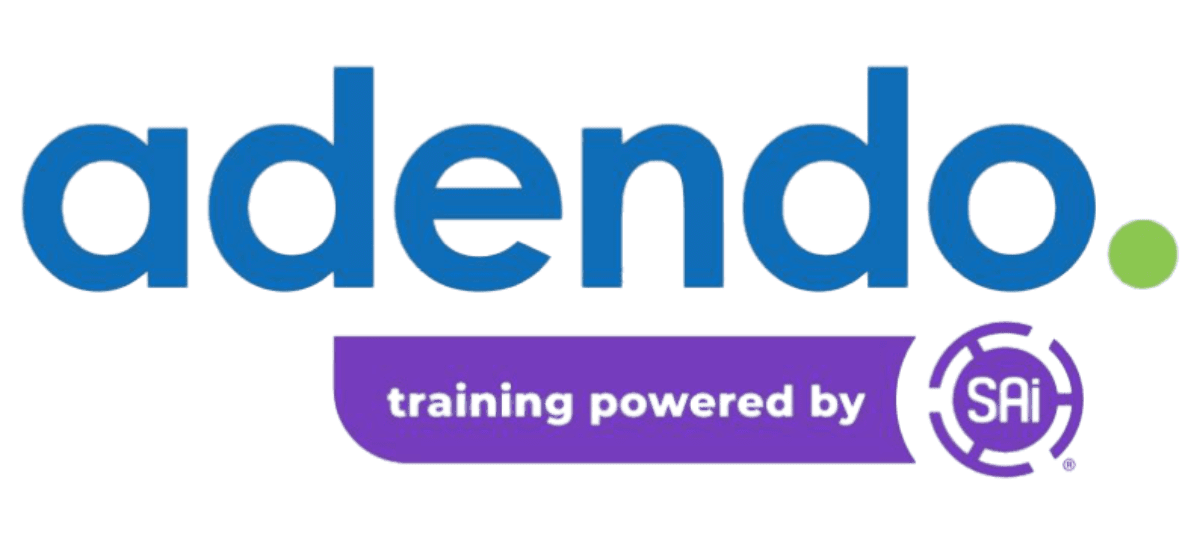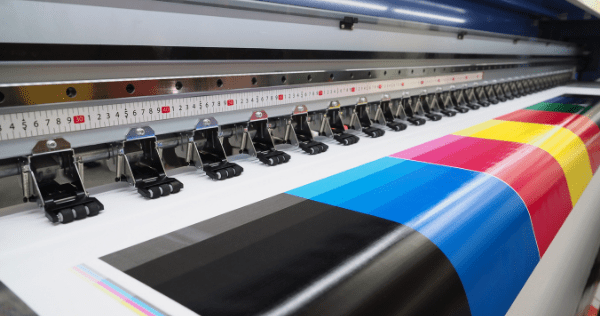Wide format printers can be an essential part of any small business operating within the sign & print industry. However, there can, of course, be several disadvantages when it comes to the use and inclusion of wide format printers within sign & print workflows. This blog will give an overview of such disadvantages and advantages inherent in working with wide format printers.
Introduction
First, let’s establish what exactly a wide format printer is. Of course, as a professional within the sign & print industry, you are already well aware of what, exactly, a wide format printery is. However, sometimes a refresher is due! A wide format printer is a printer capable of producing prints on a wider variety of media compared with other printers. As a result of these expanded capabilities, wide format printers are often used to print on canvas and other large materials and surfaces. Now that we’ve gotten these basics out of the way, we can proceed to outlining the advantages and disadvantages inherent in using wide format printers within the sign & print industry.
Advantages of Wide Format Printing
To their credit, wide format printers are capable of printing on a wide variety of media – which includes paper, cardstock and fabric. This wide variety of media lends itself to a wide variety of applications. Wide format printers can also create large prints easily handled and seen. The larger a print is, of course, the better a display piece it will become. Wide format printers are, of course, durable – given their ability to handle and print upon those wide range of materials. These expanded use printers can also help save time and money as well – simply due to their ability to print multiple pages at once – and in high quality to boot.
Disadvantages of Wide Format Printing
Of course, one of the greatest disadvantages sign print professionals will run into while attempting to incorporate wide format printers into their various workflows are the machine’s often prohibitive costs. Additionally, these printers are large and therefore require additional space for storage, installation, and operation. On top of these considerations, wide format printers can often be difficult to use, as they require advanced knowledge of printing technology. Therefore, wide format printers must be installed, operated, and fixed by individuals with a high level of technical expertise. Finally, wide format printers have been found to be far rarer than other types of printers – necessitating searches for compatible machines. While such wide format printers are capable of producing higher quality prints compared with more standard-type printers,
these disadvantages may, in the end, outweigh their inherent advantages.
Conclusion
As stated previously, wide format printers can be perfect for printing large documents – including brochures, newsletters, and posters. Of course, they have larger print areas than standard printers – which means they can print more pages per minute. These advantages are a huge selling point for wide format printers.
However, wide format printers do, of course, have their disadvantages. They are much more expensive than standard printers. They’re more difficult to wrangle – requiring training, patience, and expertise. If you or the other sign & print professionals within your print shop do not have such expertise – you may find it best to order a wide format printer previously preconfigured for your small business’s work flow’s specific needs.
If you have any further questions concerning the advantages and disadvantages of wide format printing – please do not hesitate to reach out to adendo. Even if you seek out further advice on other topics revolving around the sign and print industry – you’ve come to the right place! Adendo can provide you individualized training in a conducive environment. To book an adendo advisor, please visit our website. We are committed to helping all sign & print industry professionals.



